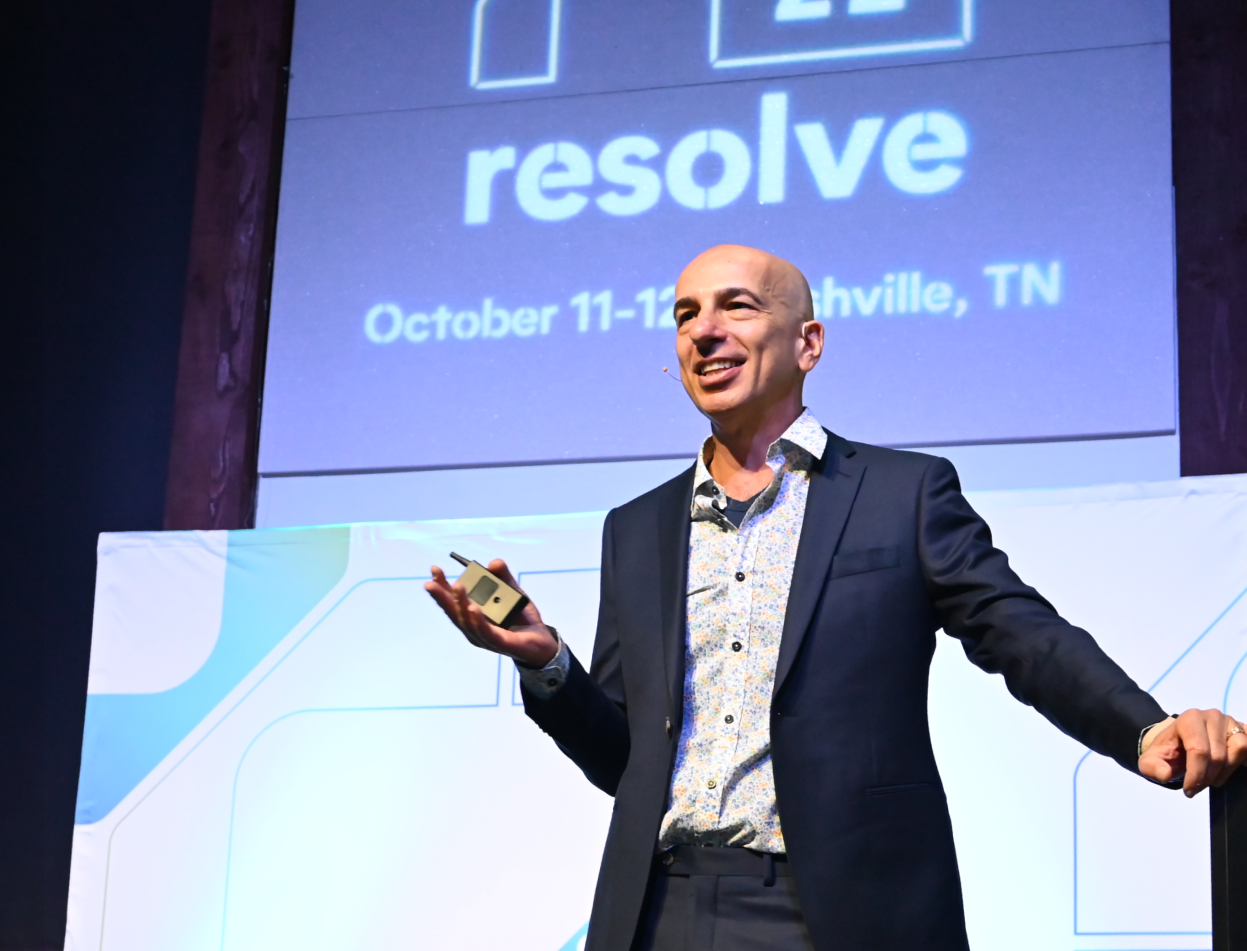When you look at the state of customer service – where average answer times are longer than ever – it’s hard not to conclude that contact center agents are more critical than ever.
But from 2020-22, the average agent attrition rate increased by 58%. And just last year, research showed that 47% of managers feel high agent turnover, job burnout, and absenteeism are their biggest challenges for operating a call center effectively.
On a micro level, this paradox has put service leaders into a state of constant, hour-by-hour stress as they struggle to staff enough agents to meet unpredictable demand. On a macro level, it’s revealed a growing trend that shows why the agent-centric contact center model is no longer viable.
In this blog, we’ll explore the key reasons behind the growing difficulty in attracting and keeping contact center talent and how AI is creating a more sustainable model.
Why the traditional agent model is in decline
Expensive hiring and training costs. The most obvious drawback of the current agent model is the cost itself. As wages increase, contact centers must spend more of their budgets on hiring. Additionally, increased turnover means contact centers must also spend more resources onboarding agents more frequently, a process which can take up to three months.
“The training and onboarding of our agents takes lots of effort and time for our internal ops team to instill the proper processes,” says Hanlin Fang, Head of Digital Experience & Intelligence Platform Products Airbnb. With the cost of adequate staffing quickly out-pacing contact center budgets, having an agent in seat for every customer call is nearly impossible.
A declining agent experience. The contact center environment is highly stressful and the demanding nature of customer service hasn’t gotten any easier. Today, most agents are still tasked with handling hundreds of repetitive calls per day, which contributes to burnout and low job satisfaction.
“I don’t think many customers know how stressful their job is,” says Fang. Acute stress is the number one reason agents are burning out and turning to other lines of work – sometimes on a moment’s notice. To make matters worse, the high volume of mundane requests means many contact centers have a flat organizational structure, offering limited opportunities for career advancement.
A rigid service model. A shrinking talent pool, increased labor costs, and a stressful agent experience have created a negative, self-fulfilling cycle. Contact centers were built on a model where hiring or outsourcing is always the answer when business growth leads to more customer demand.
But in today’s world, where talent is not just more expensive but also more selective, the traditional agent model is too rigid for contact centers to rely on to meet unpredictable demand and ensure customers can speak with an experienced support representative when they need to.
How AI is creating a more flexible agent model
More opportunity for agents. Like past automation booms in practices like finance, where the manual process of bookkeeping became an efficient, high-skill task thanks to the spreadsheet, AI is ushering in an augmented agent experience. The technology is being used to fully resolve high-volume, complex calls with experiences customers actually enjoy.
This allows agents to focus on more complex and fulfilling tasks, improving job satisfaction and efficiency. “Our future agents will be very curious,” says Fang. “That’s the trait I’m looking for from almost every one of them.” With fewer tier-1 calls making their way to agents, contact centers are in turn able to staff fewer agents and provide more advancement opportunities.
A frontline defense for contact centers. According to Fang, it’s entirely possible that AI will be able to automate up to 70-80% of calls in the next two to three years. “AI allows natural conversations to happen,” she says. “Before this we had Robotic Process Automation (RPA) but the engagement was not natural. Now, that’s possible.”
With an AI-plus-agent approach, contact centers are better suited to become value-drivers for their businesses. Accenture predicts that AI will increase contact center productivity by 35% in the US alone, a crucial resource for brands beholden to all-time high customer expectations
Savings and efficiency. AI reduces costs by up to 50% by resolving calls end-to-end. It also improves CSAT when customers receive a natural experience that doesn’t cause them to escalate to an agent. More importantly, it allows contact centers to refocus on agents, their most critical resource. With AI acting as an experienced frontline representative, contact centers can hire and retain more agents with a true path to career advancement that offers higher pay and more in-demand skills.
Under the AI model, service leaders regain flexibility and control over how prepared their contact center will be today, tomorrow and well into the future. Use our free Call Assessment tool to see how many of your most common calls can be resolved with AI.





